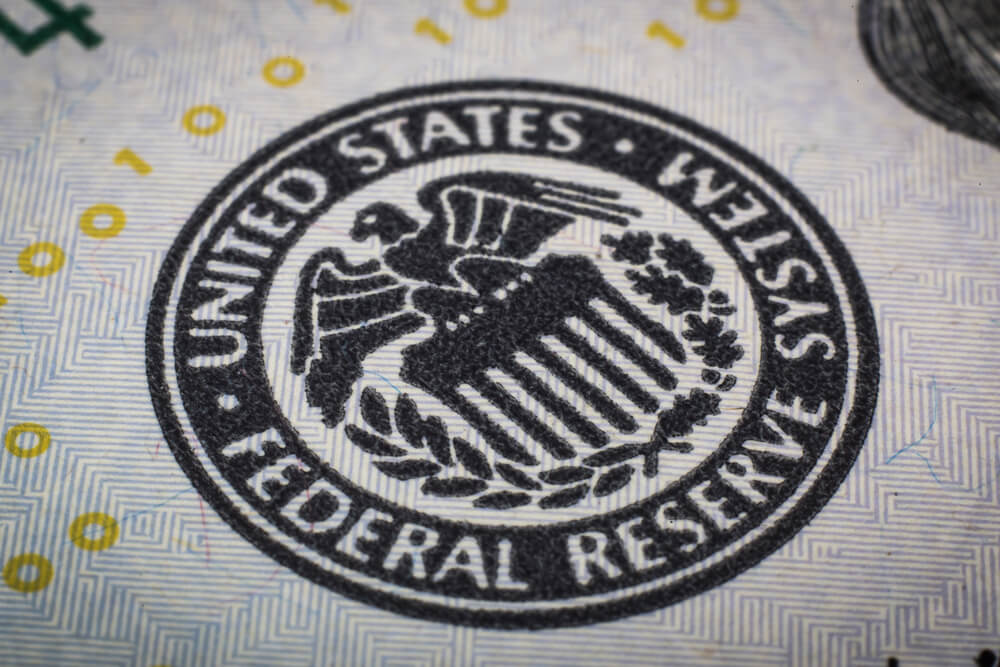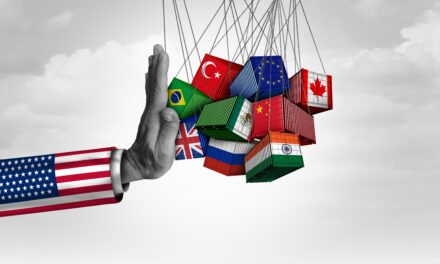The Federal Reserve appears on track to raise interest rates once more this year but will likely hold off on any action when its latest policy meeting ends Thursday.
“Look for the statement following the meeting to highlight the recent and welcome pickup in wages and the further drop in the unemployment rate.”
Still, investors will be parsing the statement the Fed will issue after its meeting for any sign that it might be rethinking its probable pace of credit tightening in the coming months. So far this year, the central bank has raised rates three times.
At their most recent meeting in late September, Fed officials collectively projected that they would end up raising their key short-term rate four times this year and three times in 2019. The Fed’s benchmark rate affects many consumer and business loans, and when it raises it, borrowing can become more expensive for many.
In recent weeks, financial markets have been gripped by worry and volatility, and some analysts think that in its statement Thursday the Fed may take note of that anxiety as a potential risk to economic growth.
As it happens, this week’s meeting will be the last that will not include a news conference by the Fed chairman. Beginning in 2019, Chairman Jerome Powell has said he will hold a news conference after each of the Fed’s eight meetings each year, rather than only at every other meeting.
In its statement, the Fed is all but sure to announce that it will keep its key rate unchanged in a range of 2 percent to 2.25 percent, the level it reached in September when the Fed raised it for the third time this year.
Beginning in late 2015, the central bank has gradually raised its key rate from a record low near zero, where it had held it since the 2008 financial crisis to try to stabilize the financial system and stimulate growth. With the economy growing briskly and in its 10th year of expansion — the second-longest stretch on record — the Fed is aiming to keep future inflation under control.
Some analysts say they think the fundamental message from the Fed on Thursday will be that with a strong economy and unemployment at a near five-decade low of 3.7 percent, steady if modest rate hikes should remain in place for now. Last week, the government said that employers added a robust 250,000 jobs in October and that average pay grew 3.1 percent over the previous 12 months — the best year-over-year gain in a decade.
“Look for the statement following the meeting to highlight the recent and welcome pickup in wages and the further drop in the unemployment rate,” said Diane Swonk, chief economist at Grant Thornton.
The quickened pace of economic growth — a 3.5 percent annual rate in the July-September quarter, after a 4.2 percent rate the previous quarter — has raised the risk that inflation could begin accelerating. So far, though, inflation has remained around the Fed’s 2 percent target for annual price increases.
In its most recent forecast, the Fed projected that it would raise rates three additional times in 2019 but private economists are split. Some believe there will be four hikes in 2019 as the Fed responds to continued strong growth while some see only one or two hikes next year as the boost from the $1.5 trillion in tax cuts passed last year begins to fade.
Powell has stressed that the Fed is determined to follow a centrist approach: Keep gradually nudging up rates to control inflation but avoid tightening too aggressively and perhaps triggering a recession.
But President Donald Trump has sharply disagreed, and since the stock market started tumbling last month, he has attacked the Fed’s rate hikes as well as Powell’s leadership.
Trump’s public criticism has aroused concern that he is intruding on the political independence the Fed needs to assure markets that it will make tough choices when needed o keep inflation under control.
While Trump has called the Fed’s rate hikes his “biggest threat,” Powell, who was Trump’s hand-picked choice to lead the Fed, has avoided responding directly to the criticism. He has instead expressed determination to pursue the Fed’s mandate of maximizing employment and stabilizing prices without regard to political considerations.
© The Associated Press. All rights reserved.




